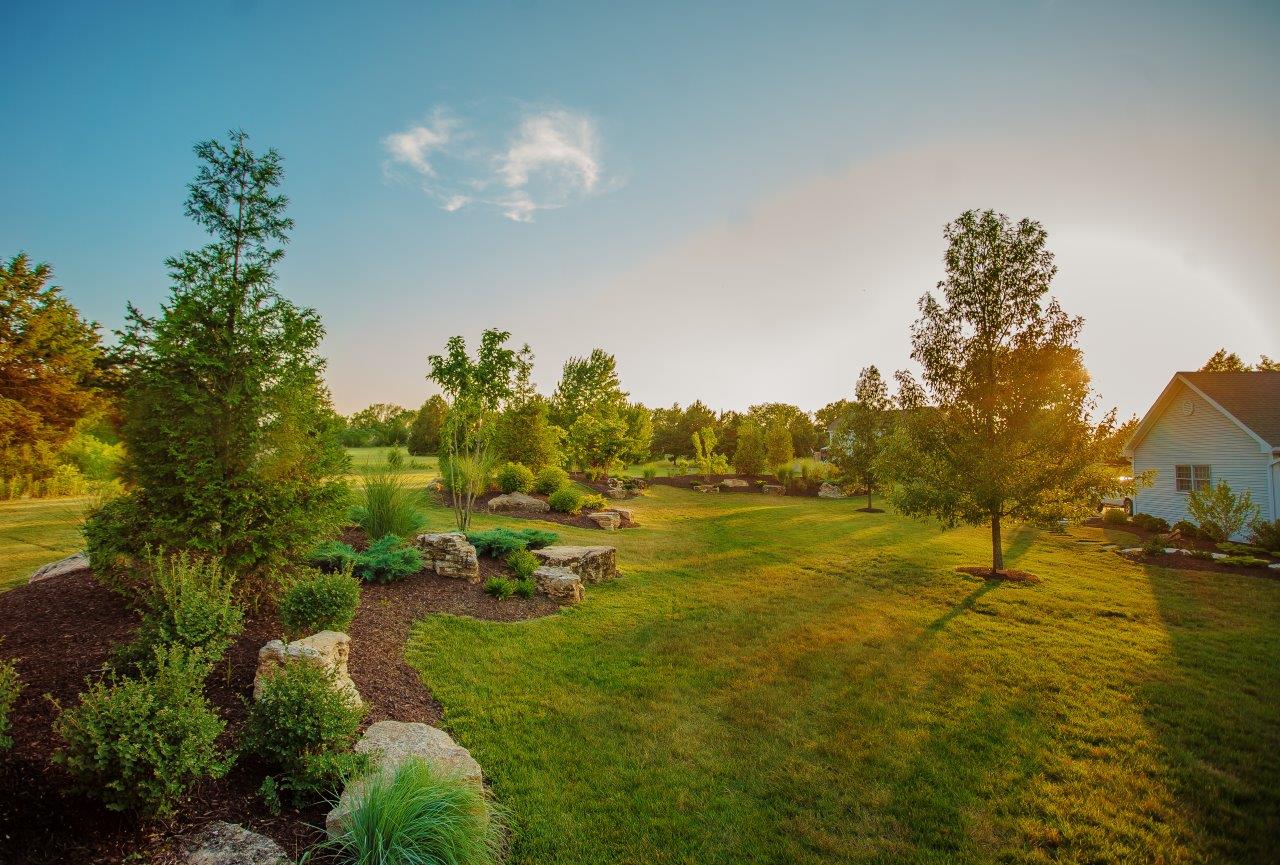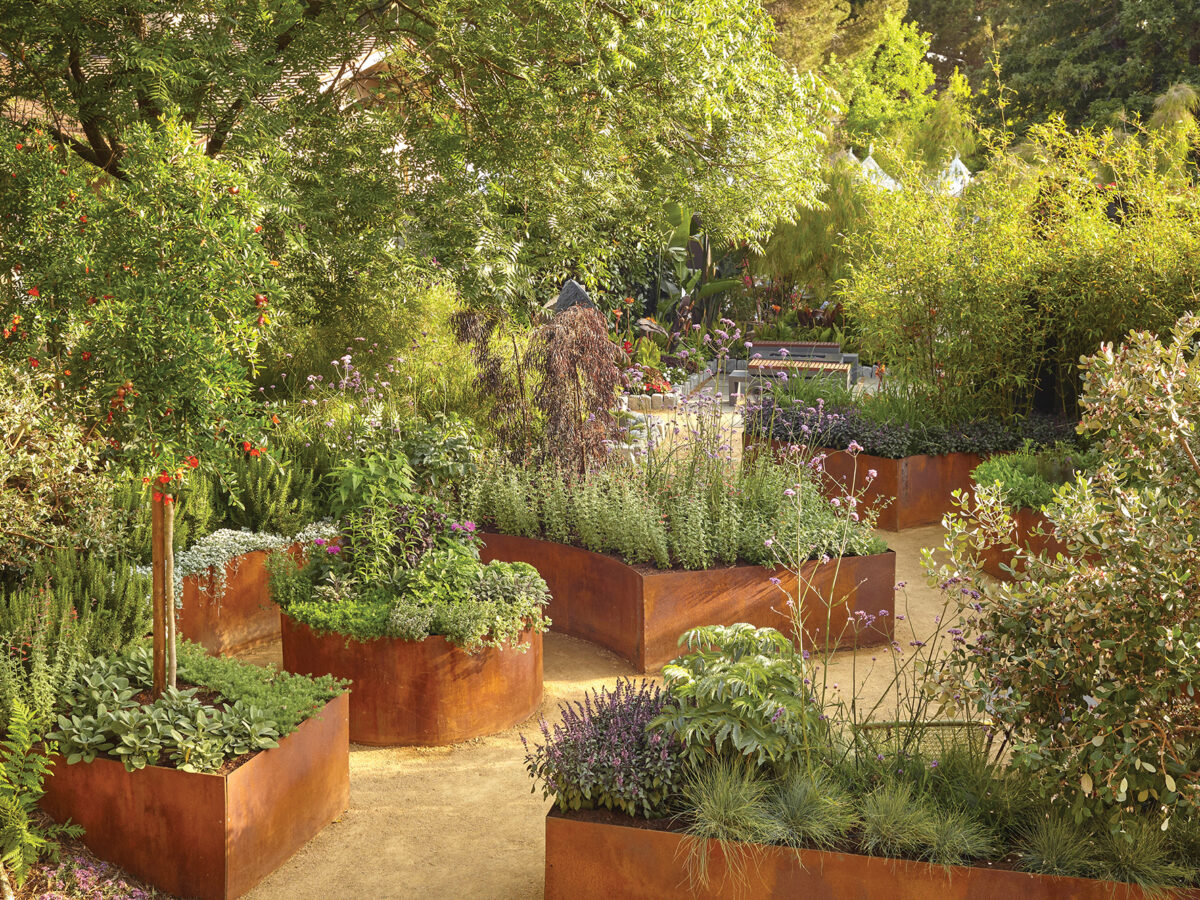A Biased View of Hilton Head Landscapes
A Biased View of Hilton Head Landscapes
Blog Article
The Of Hilton Head Landscapes
Table of ContentsGetting The Hilton Head Landscapes To WorkHilton Head Landscapes for Beginners9 Simple Techniques For Hilton Head LandscapesHilton Head Landscapes Fundamentals ExplainedAn Unbiased View of Hilton Head LandscapesThe Definitive Guide to Hilton Head LandscapesHilton Head Landscapes Fundamentals Explained
Line produces all kinds and patterns and can be utilized in a variety of means in the landscape. Line in the landscape is produced by the edge between two products, the rundown or silhouette of a kind, or a long straight attribute. Lines are an effective device for the developer due to the fact that they can be utilized to create a boundless range of forms and types, and they regulate movement of the eye and the body.

Lines can have several features, such as those explained below, however they usually serve different purposes. Figure 1. Lines in the landscape - landscapers in bluffton sc. The properties of lines figure out how individuals reply to the landscape, both mentally and literally. Straight lines are structural and forceful; they produce an official personality, are generally connected with an in proportion style, and lead the eye straight to a focal factor.
All About Hilton Head Landscapes
Rounded lines produce a casual, all-natural, kicked back personality that is associated more with nature and unbalanced equilibrium. Rounded lines move the eye at a slower speed and add mystery to the space by creating surprise sights.
Upright lines in the landscape consist of tall, narrow plant product, such as trees, or tall structures, such as an arbor or a bird residence on a post. Horizontal lines relocate the eye along the ground aircraft and can make a room really feel larger. Reduced lines are extra subdued and produce a feeling of rest or repose.
More About Hilton Head Landscapes
Reduced lines are produced by low yard walls, pathways, and brief hedges. Lines are utilized to attract forms on a strategy. In strategy sight, they define plant beds and hardscape areas. Lines are additionally created by the upright forms of constructed attributes and plant product. There are 3 key line kinds that create type in the landscape: bedlines, hardscape lines, and plant lines.
Bedlines connect plant material to your home and hardscape because the eye complies with the line, relocating the look via the landscape. Hardscape lines are created by the edge of the hardscape, which defines the built structure. Line can additionally be created by long and slim products, such as a fencing or wall.
Hilton Head Landscapes for Beginners
Kind is located in both hardscape and plants, and it is usually the leading aesthetic component that spatially arranges the landscape and usually determines the design of the garden. The form of frameworks, plant beds, and yard accessories likewise establishes the total type style of the yard. Official, geometric kinds include circles, squares, and polygons.
Plants develop type in the garden via their details or silhouettes, but form can likewise be defined by a void or unfavorable room between plants - landscapers hilton head island (https://www.metal-archives.com/users/h1tnhdlndscps). Circles can be cycles, or they can be separated into half circles or circle sections and incorporated with lines to produce arcs and tangents
Rumored Buzz on Hilton Head Landscapes
Circles can additionally be stretched into ovals and ellipses for more variety and interest. Circles are a solid style form due to the additional info fact that the eye is constantly attracted to the center, which can be used to emphasize a focal point or link other types. Number 2. Circular forms in hardscape and yard panels.
The square type can likewise be fractional and secondhand repetitively to develop a grid pattern. Unlike circles, squares are stronger on the brink, which can be lined up or overlapped to create one-of-a-kind patterns and more complex forms. Polygons are many-sided kinds with straight sides. Triangulars, for example, are three-sided polygons.
Twisting lines often resemble the natural program of rivers or streams and can be defined as smooth lines with deeply bent wavinesses. Twisting lines (Figure 3) work well for pathways, plant bedlines, and completely dry stream beds. Twisting lines can include rate of interest and mystery to a garden by leading customers around edges to discover new views and areas.
Little Known Facts About Hilton Head Landscapes.

Usual plant kinds are well established and standard, as form is the most consistent and recognizable feature of plants. Form can also be created via the massing of plants, where the overall mass creates a various form than a private plant.
A very contrasting form should be used with careone or more job well as a prime focus, yet as well many create mayhem. Natural plant forms, instead of over-trimmed forms, must develop the bulk of the composition. The significance of total form is basically depending on the viewing perspectivethe form of a tree can show up fairly different to an individual standing under the canopy versus viewing the tree from a range in an open area.
Hilton Head Landscapes Can Be Fun For Everyone
Plant forms likewise create and define deep space or open areas between the plants, developing either convex or scooped forms in deep spaces. High-arching tree branches generally produce a concave open area under the branches, and a rounded cover with reduced branches fills the space to create a convex form in the open space under the tree.

Report this page